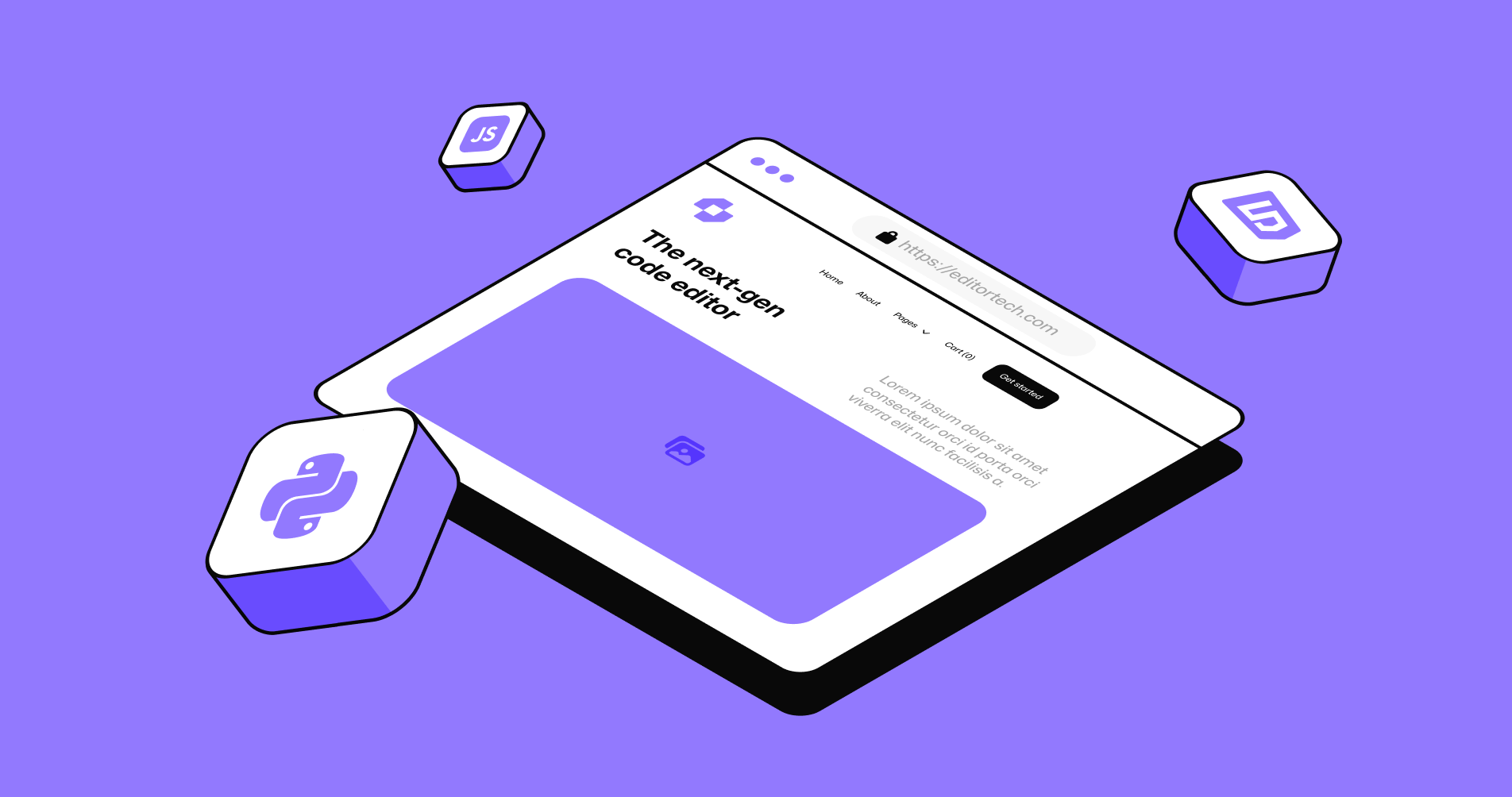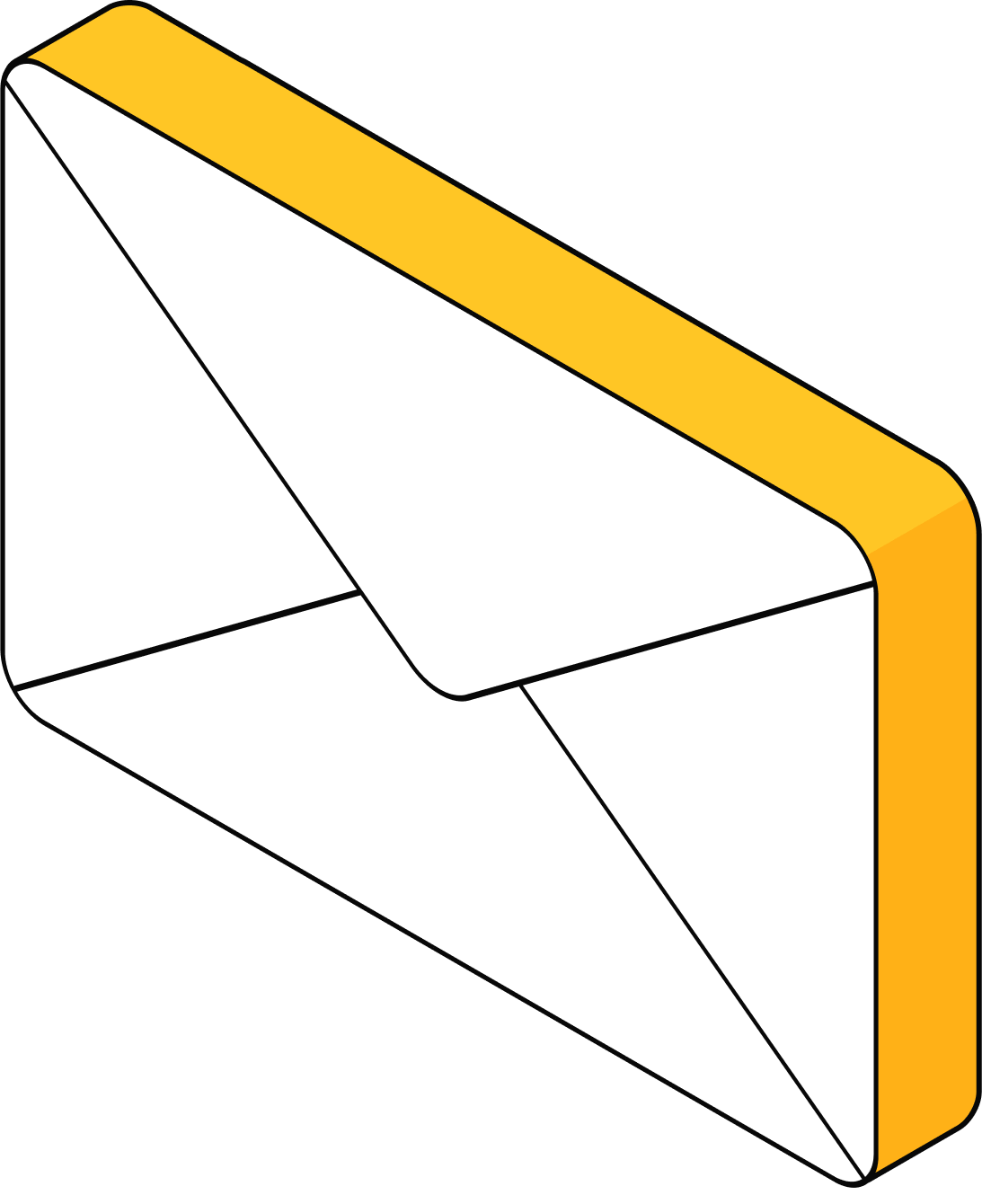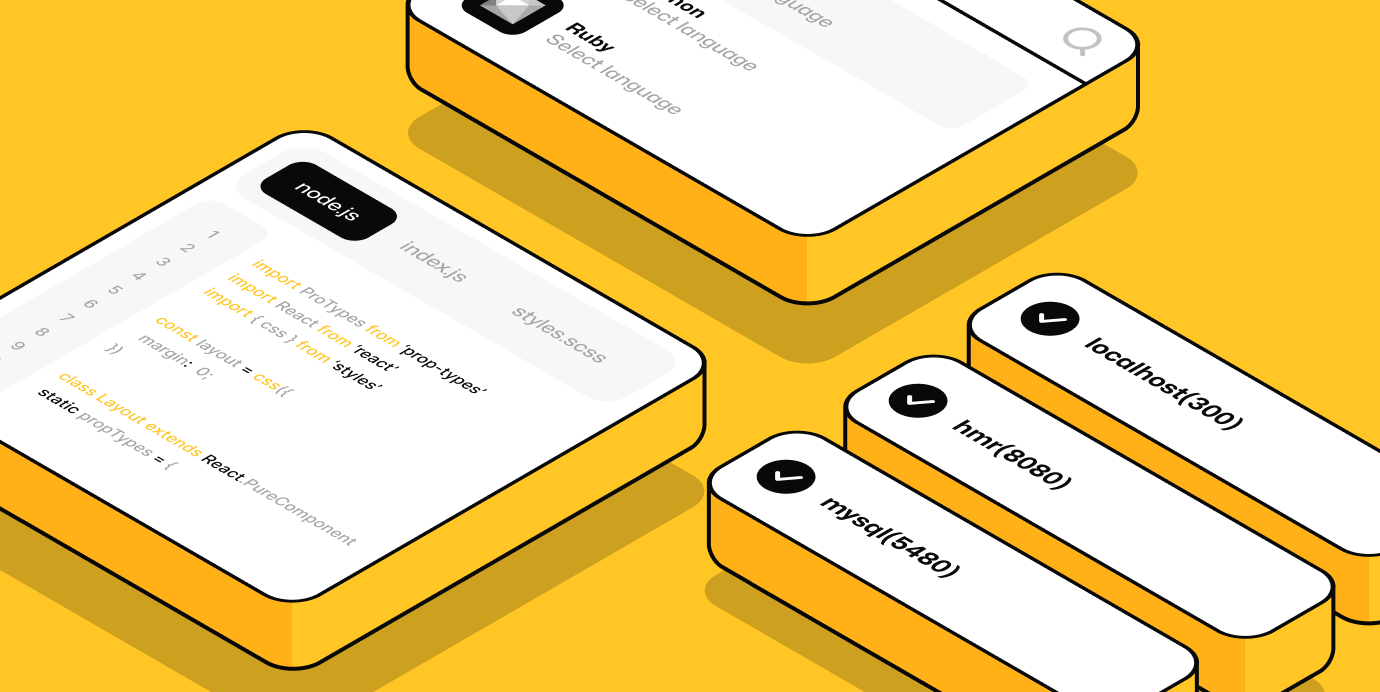
AI market research and AI search marketing consulting have exploded in popularity over the last few years, but the two disciplines are often treated like distant cousins rather than siblings. Market researchers pore over survey data, panel insights, and social‐listening dashboards, while search specialists obsess over keyword volumes, SERP features, and click-through curves.
They are both studying the same people—customers—yet they rarely sit in the same meeting, let alone use the same data models. What follows is a practical look at how artificial intelligence can knit these worlds together, helping brands speak with one consistent, insight-driven voice.
Why Market Research and Search Intent Often Misalign
Market research and search marketing have never been at odds philosophically; they simply operate on different clocks. Traditional researchers work in months or quarters, aiming for statistically significant sample sizes before drawing conclusions. Search marketers, meanwhile, must act within days, sometimes hours, because consumer queries spike or fade just as quickly.
Traditional Market Research: Big Pictures, Slow Signals
Classic research excels at explaining the “why.” A longitudinal survey can break down emotional drivers, brand perceptions, and price sensitivities with scientific rigor. The trade-off is time. By the moment a 5,000-respondent study is fielded, cleaned, and analyzed, half a dozen cultural memes may have blossomed, peaked, and disappeared from Google Trends.
Search Intent: Real-Time, Granular Clues
Search data flips the script. It delivers an endless stream of tiny behavioral breadcrumbs—exact phrases that people type when they are confused, curious, or ready to buy. That immediacy is powerful, but it lacks context. A search string alone rarely explains the deeper motivations behind it. Marketers who rely only on keyword metrics risk mistaking momentary blips for lasting sentiment.
Where Artificial Intelligence Enters the Picture
Artificial intelligence turns the gap between “slow and deep” versus “fast and shallow” into complementary strengths. By automating pattern recognition across hundreds of data sources, AI unlocks views that would be impossible for manual teams.
Unified Data Lakes: Pulling Survey, Social, and SERP into One View
Modern AI platforms can ingest raw survey tables, anonymized clickstream logs, focus-group transcripts, and real-time search data, then merge them into a common taxonomy. Instead of separate silos, you end up with a living knowledge graph where attitudes, demographics, and queries coexist in the same nodes.
For example, the same customer segment tagged as “value conscious parents” in survey data can be linked to clusters of search terms like “best budget laptop for homeschooling.”
Natural Language Processing: Decoding Motivation Behind Keywords
Natural language processing (NLP) is especially useful for bridging semantics. It can detect that “DIY patio lighting,” “backyard string lights,” and “cheap outdoor mood lights” all express similar intent even if the exact words differ. Layer that onto ethnographic survey responses—say, parents who want to create an inviting outdoor space on a limited budget—and suddenly the keyword list stops being a spreadsheet of volumes and turns into a textured, human story.
A Step-By-Step Framework to Fuse Insights
Below is a concise, repeatable workflow that research and search teams can share. Think of it as an operating system for integrated insight rather than yet another campaign checklist.
- Define a unifying hypothesis. For example: “Eco-conscious millennials are shifting from traditional detergents to refillable pods.”
- Pull multi-source data into a single AI environment: panel surveys, product reviews, social chatter, and six months of Google Search Console queries.
- Use clustering algorithms to surface patterns that span datasets—e.g., link survey statements like “I hate plastic jugs” with rising search terms such as “zero-waste laundry.”
- Test creative or product ideas in paid search sandbox campaigns while simultaneously running micro-surveys to validate messaging.
- Feed performance feedback into the model, refining clusters and hypotheses in near-real time.
From Hypothesis to Keyword Clusters
The most satisfying moment comes when a research insight—say, frustration with hidden ingredients—directly informs a keyword cluster like “laundry pod ingredients list.” Media buyers can pounce on that keyword set within hours, while brand strategists get a richer narrative to pitch internally. Everyone wins.
Real-World Wins When Teams Align
Consider a mid-size outdoor apparel brand that noticed a dip in brick-and-mortar sales despite healthy e-commerce growth. Traditional market research flagged “urban professionals seeking micro-adventures.” Separately, the search team saw a surge in “day hike backpacks” and “weekend trail gear” queries. By running both findings through an AI platform, the company realized it wasn’t two audiences—it was one persona exhibiting dual behaviors online and off.
They launched a cross-channel campaign featuring commuter-friendly packs that convert to trail use. Store traffic rebounded by 18 percent in eight weeks, while paid search CPA dropped by a third because keywords and creative were calibrated to the same insight.
Moving Forward: Building Your Integrated Intelligence Engine
Bringing research and search closer is as much a cultural shift as a technical one. AI provides the scaffolding, but people must climb it.
Mindset Shifts for Marketers and Researchers
Researchers should grow comfortable with the imperfect but immediate nature of search data, while search specialists need to respect sample-based findings even when they lack day-to-day freshness. A shared KPI—such as customer lifetime value influenced by both brand perception and organic visibility—helps align incentives.
Choosing the Right AI Partners and Tools
Every vendor demo will promise end-to-end magic. Reality is messier. Look for platforms that:
- Allow custom taxonomies rather than forcing rigid, black-box categories.
- Support both qualitative uploads (focus-group PDFs) and quantitative feeds (CSV keyword exports).
- Offer transparent model explanations so teams can trust why an insight surfaced.
If a market research tool can’t map a survey persona directly onto a search intent cluster, keep shopping.
Conclusion
The wall between market research and search intent is no longer defensible. Customers move fluidly from filling out feedback forms to tapping curiosity into search bars, often within the same afternoon. AI acts as the universal translator—analyzing, grouping, and enriching signals so teams can respond with precision and humanity, while still improving ROI.
By adopting an integrated approach rooted in AI market research and AI search marketing consulting, brands escape siloed thinking and start speaking the consistent language their audiences already understand.
Subscribe to our newsletter
Get regular updates on the latest in AI search





.png)

